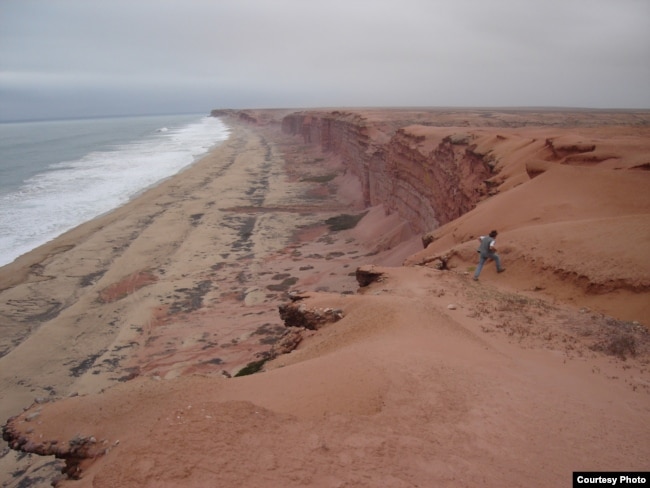Originally Posted: November 26, 2018
Some may be familiar with mythical sea monsters. For example, Scotland’s infamous Loch Ness Monster “Nessie,” and Giganto — fictional beasts of comic book fame. But millions of years ago, real-life sea monsters lived and thrived in what we now call the South Atlantic Ocean.
South Atlantic Ocean basin
As the continents of South America and Africa separated millions of years ago, scientists say a fantastic array of ferocious predators and other lifeforms colonized the newly formed body of water off the coast of Angola.
That diverse collection of marine reptiles included mosasaurs (aquatic lizards), plesiosaurs (which exhibited broad flat bodies, large paddlelike limbs, and typically a long flexible neck and small head), and the more familiar giant sea turtles.
But a catastrophic asteroid that hit earth 66 million years ago wiped most of them out, according to scientists.
Ancient fossils
Today, thanks to a project called Projecto PaleoAngola among Angolan, American, Portuguese and Dutch researchers, paleontologists have been able to visit the coastal cliffs of Angola to excavate and study what remains of these giant animals.
“We knew that there were fossils there, we just didn’t know how good they would be,” says Louis Jacobs, collaborating curator and professor emeritus of paleontology at Southern Methodist University in Dallas, Texas.
“Nobody had been there, so this was a vast, unknown terrain and we wanted to get there.” READ MORE
